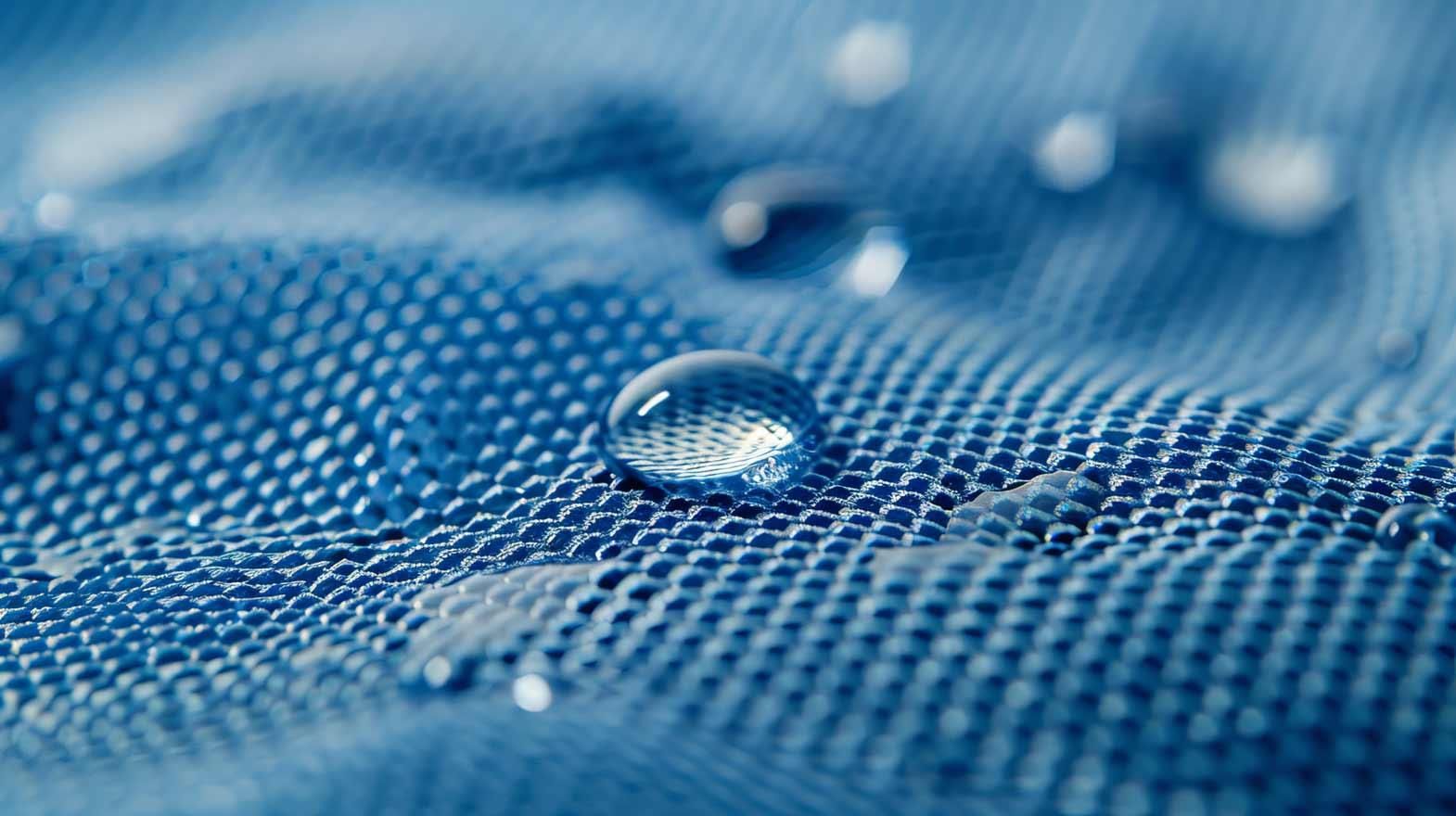Nonwoven is a term used to designate fabrics that are neither knitted nor woven. They are materials with similar characteristics and useful properties of fabrics, wherein the fibers are bonded with each other chemically, mechanically, through heat or solvent treatment. These fabrics are permeable sheets directly made from fibers or melted plastic, which do not require transforming fibers into yarn.
Nonwovens used for technical textiles are chiefly synthetic polymer-based fibers because of their strength and flexibility. Generally, nonwoven fabrics are made from some amount of recycled fabrics and oil-based materials. The amount of recycled fabric depends on the strength required for a specific purpose. Moreover, some nonwoven fabrics can be recycled after use with the help of correct treatments.
Therefore, nonwovens are also considered as eco-friendly fabrics for certain uses. Especially in healthcare industries like hospitals, nursing homes, etc., where disposable products are mostly used. In the past few years, nonwovens have become a substitute for polyurethane foam. Today, nonwoven fabrics are in great demand and have opened up novel possibilities of application in different industries like apparel, home furnishings, geotextiles, medical, consumer products, etc. They can be used alone or in combination with other materials in various applications.
Nonwovens have specific properties like absorbency, bacterial barrier, softness, strength, cushioning, liquid repellency, stretchability, flame resistance, washability, sterility, and filtering. These properties are used to manufacture fabrics suited for specific purposes. Nonwovens look, feel, and have the strength of woven fabric.
In modern times, the application of nonwovens plays an important role in the medical sector. A range of products is manufactured from nonwoven textiles such as surgical gowns, masks, surgical drapes, pads, dressings, filtration materials, and textiles used for implantation in the body. Moreover, the products that are used outside the body are mostly disposable ones. Nevertheless, there are also products that can be reused for a limited period of time.
According to a report, the market for disposable nonwoven medical apparel products in North America is around $1.46 billion and is expected to grow further. Recent developments in nanotechnology and fiber modification have developed bio-absorbable material that is used inside the body, which cannot be differentiated from the part of the body after some time. For example, when a ligament is damaged, it can be restored using this nonwoven textile.
Another medical textile gaining popularity is the nano fibers used for filtering viruses and bacteria. Today, with the help of research institutes and private industries, many significant developments have been achieved in the nonwoven medical textile field.
One such example is a filter developed, which can remove prion protein from the red blood cells. Similarly, nonwoven respiratory mask has proved to be a boon for the people all over the world, which gives protection from H1N1 virus. These two products are currently much in demand in the nonwoven medical textile market.
Nonwoven fabric and compounded materials are widely used for industrial applications. Nonwoven fabrics, meltblown fabrics and fabrics with different treatments are available in best quality for different industrial purposes. People are surrounded with nonwovens, whether they are in the office or at home. Also, nonwoven fabrics are highly used in furnishings and bedding. The couch that one uses, the carpet the one walks or the mattress that one sleeps on, all contain nonwovens.
The piece of fabric that covers the bottom of a chair or a sofa is actually a nonwoven textile to keep the bugs away from the furniture. It is light, durable and economical too. Besides, nonwovens are used for carpet backing. The nonwoven that is used underside of the carpet provides comfort, reduce noise while walking and also blocks moisture.
The most advantageous use of nonwoven fabric in mattresses is to provide flame resistance, which gives safety from fire even while sleeping. Some examples of application of nonwovens in furnishings and beddings are blankets, quilts, mattress covers, bedspreads, napkins, pillows, lamp shades, breather fabrics, drapery liners, cushions etc.
Geo-textile nonwoven fabrics are an integral part of roadway construction. There are many advantages of nonwoven geo-textiles such as they increase the lifespan of the road, reduce potholes and prevent erosion from rain, snow or wind. TechGeo nonwoven geo-textiles are made from polyester fibers, which are mechanically bonded to form a flexible and strong fabric structure. This geo-textile is chemical and biological organism resistant. Further, it is made competent against deterioration from interim exposure of ultraviolet radiation.
Nonwoven fabrics in apparel industry have a wide range of applications. From firefighters to daily wear of people, nonwoven fabrics in clothes touch the lives of millions of people. Nonwovens in apparels come with many benefits. Nonwoven clothes provide high durability, strength, fire resistance, water resistance, breathability and are cost-effective. Therefore, they are used in manufacturing bulletproof vests, firefighting suits and military apparels.
Nonwoven fabrics keep the moisture away in exercise wear, which keeps the body cool or warm. Also, it is used in Hazmat suits to protect the workers while cleaning toxic areas. Further examples of nonwovens used in apparel industry are sleepwear, swimwear, protective clothing, innerwear, aprons, imitation fur, gloves etc.
The global market for nonwovens was $33.1 billion in 2013, which is expected to grow at the rate of 7.5% annually and reach $47 billion by 2018. According to a report, it is estimated that the market for disposable medical products will reach $20 billion by 2017. Further, the market for disposables will account for the largest share of 68% in the total sales of nonwovens in 2016.
The largest market for nonwovens in the world is Asia/Pacific region which caters to 39% of the total global demand. China and Japan located in this region are the two leading countries among the nonwovens consuming countries. India is one of the largest producer and consumer of technical textiles and nonwovens.
In the future, the market for manufacturing and application of nonwovens in technical textiles is expected to have potential growth opportunities.
References:
1. Inda.org
2. Textileworld.com
3. Chinawoven.com
4. Techfabindia.com
5. Wikipedia.org
6. Smithersapex.com
7. Prweb.com








Comments